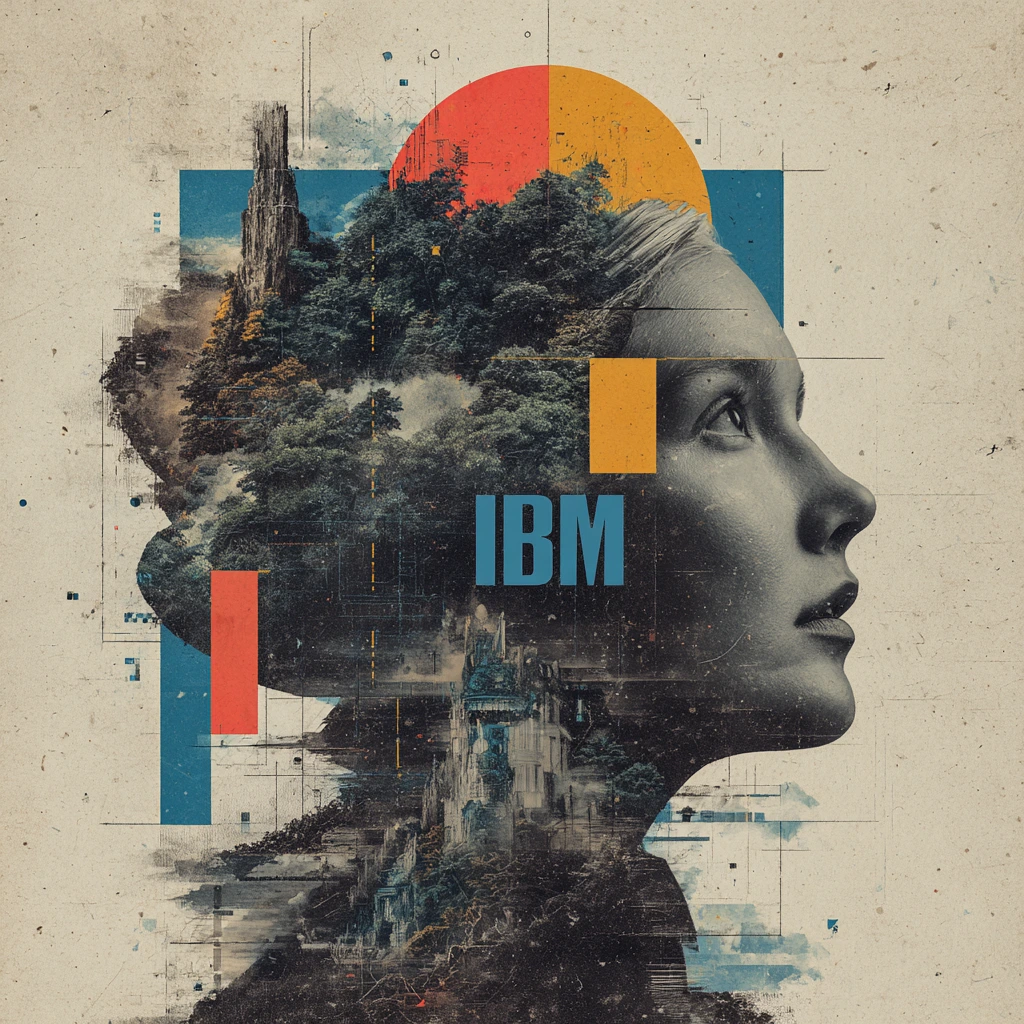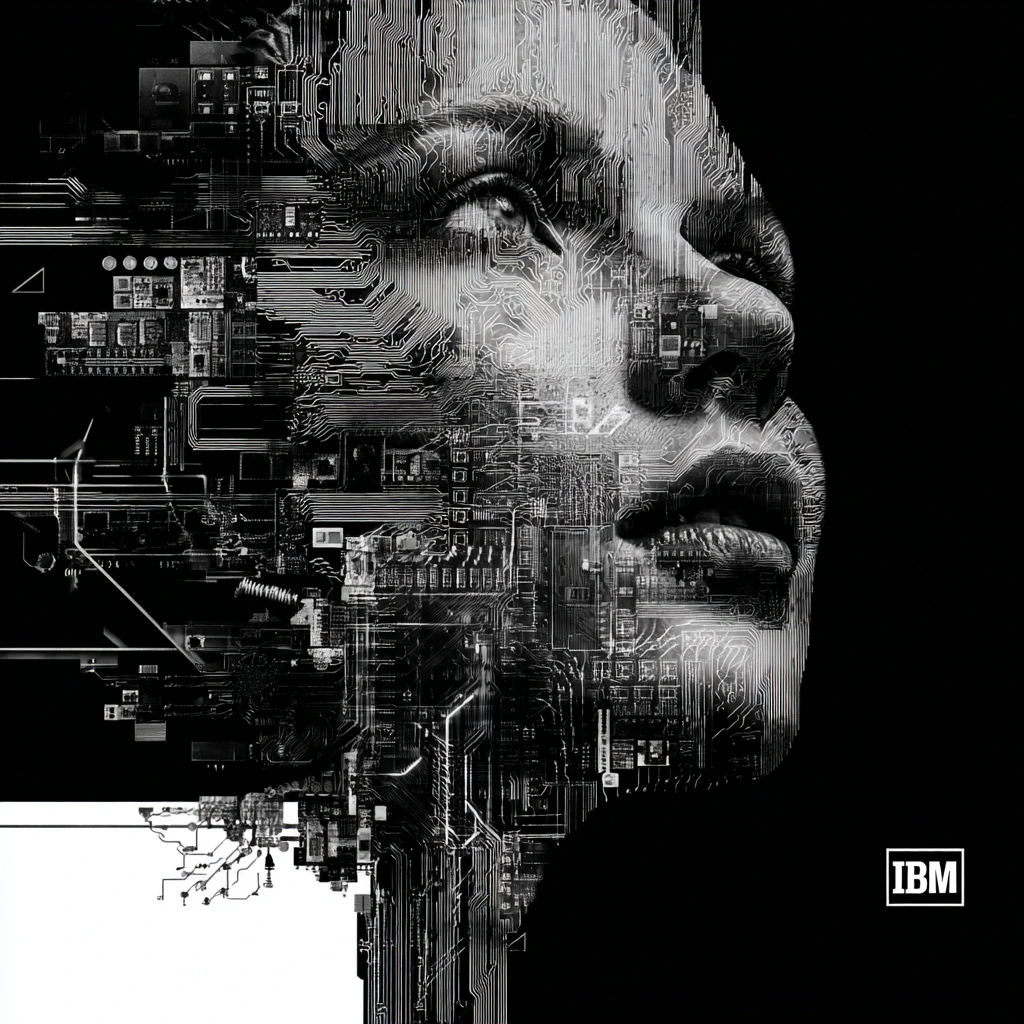IBM PC
On a sweltering day in August 1981, a quiet but monumental announcement was made that would forever alter the course of technology and our daily lives. International Business Machines (IBM), the undisputed titan of the computing world, unveiled its first personal computer: the IBM 5150, simply known as the IBM PC. At a price starting around $1,565, this beige box with its green monochrome monitor and simple keyboard represented a profound shift. It was more than just a new piece of technology; it was a watershed moment that moved personal computing from a niche hobby to an indispensable tool for business and home, sparking a revolution whose echoes we still feel today.

The World Before the IBM PC: A Fragmented Frontier
To understand the IBM PC’s impact, one must first look at the computing landscape of the late 1970s and early 1980s. The world was split in two. Businesses relied on massive, expensive, and complex mainframe computers that were housed in dedicated, climate-controlled rooms and managed by specialized operators. Computing was a centralized, corporate function. In stark contrast, a burgeoning but fragmented personal computer market existed on the fringes, populated by a handful of pioneering companies like Apple, Commodore, and Tandy. Their machines, such as the Apple II and the Commodore PET, were seen largely as tools for enthusiasts, students, and hobbyists. The market lacked a dominant standard and, crucially, the kind of corporate legitimacy that only a name like IBM could provide.

Project Chess: IBM’s Unconventional Gamble
The IBM PC was not the product of the company’s traditional, slow-moving corporate bureaucracy. Instead, it was the result of a small, autonomous task force known as “Project Chess,” based in Boca Raton, Florida. To speed up development and beat competitors to market, the team was given an unprecedented level of freedom. They made a series of revolutionary decisions that ran contrary to IBM’s long-standing practices. First, they opted for an open architecture, meaning they would publish technical specifications and invite third-party developers to create hardware and software for the new machine. Second, they chose to use off-the-shelf components from outside vendors, including an Intel 8088 microprocessor as the central processing unit. Third, and perhaps most famously, they outsourced the operating system to a small company founded by a young man named Bill Gates. That operating system, MS-DOS, would go on to become the dominant software platform for the next decade.

A New Industry of “Clones”: The IBM PC’s Unforeseen Legacy
While IBM’s name and marketing prowess were enough to make the PC an immediate success in the business world, it was the company’s decision to embrace an open architecture that created its most lasting legacy. Other manufacturers quickly began to reverse-engineer the PC’s BIOS (Basic Input/Output System) and create their own machines that were “IBM PC compatible.” These were the first “PC clones.” Companies like Compaq seized the opportunity, producing machines that were often cheaper and sometimes more powerful than the original IBM PC. This fierce competition led to a rapid proliferation of personal computers, drove down prices, and created an enormous ecosystem of compatible software and hardware. The “IBM PC compatible” standard became the universal standard for personal computing, a revolution that IBM had unintentionally unleashed.

The Foundation of Modern Computing: The Wintel Era
The IBM PC’s influence shaped the technological world for decades. Its open architecture model proved to be a far more powerful engine for innovation than any single company could have managed alone. It established the foundation for the Wintel (Windows + Intel) platform, which dominated the desktop and laptop markets for more than 20 years. The success of the IBM PC normalized the idea of having a computer on every desk, a concept that was once a fringe dream. While IBM eventually lost its leadership in the PC market and ultimately sold its PC division, the standards, the ecosystem, and the entire industry it launched on August 12, 1981, continue to form the bedrock of personal computing today. It was the day the world was given its first glimpse into a future where technology would be a personal, accessible, and essential part of life.
Conclusion
The launch of the IBM PC on August 12, 1981, was far more than a single product introduction; it was the spark that ignited the modern computing revolution. By embracing an open architecture and leveraging its corporate credibility, IBM inadvertently set the stage for an entire industry. The proliferation of affordable PC clones that followed democratized access to computing, driving innovation and establishing a unified standard that dominated for decades. Ultimately, while IBM itself eventually ceded leadership of the PC market, the principles it established—an open, competitive, and constantly evolving ecosystem—laid the essential groundwork for the personal computing world we know today.
Table of Contents
The future of AI is here:Everything on the new ChatGPT 5 – trendsfocus